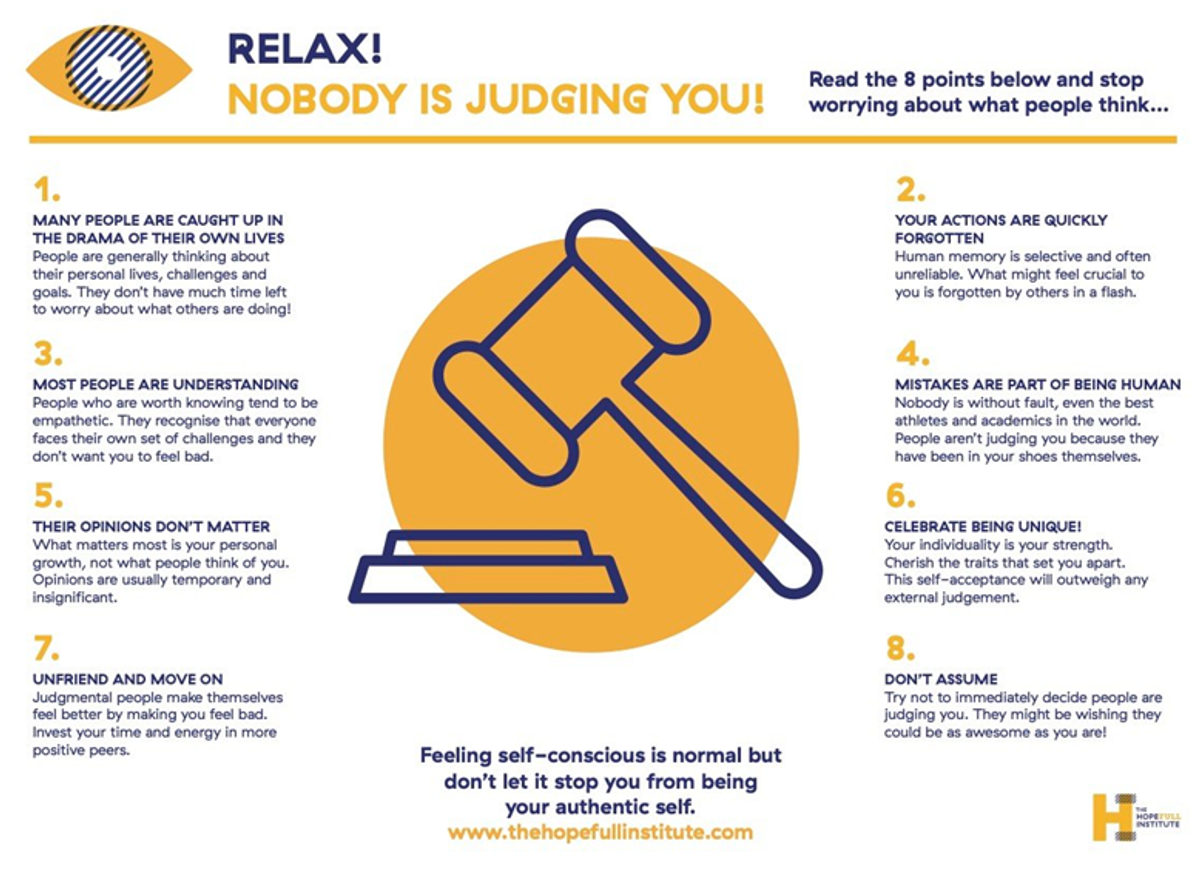HOY Update

Bystander vs. Upstander- What’s the Difference?
A bystander is someone who witnesses bullying, harassment, or exclusion but does nothing to stop it. They may feel unsure, afraid to get involved, or believe it’s not their responsibility.
An upstander, on the other hand, takes safe and positive action:
- Speaks up if it’s safe to do so.
- Reports the behaviour to a trusted adult.
- Offers support to the person being targeted.
- Refuses to join in or encourage the behaviour.
Even small actions, like saying “That’s not okay” or checking in with a peer afterward can make a big difference.
How Parents Can Help
You play a vital role in encouraging upstander behaviour at home.
Here are a few simple ways to support your teen:
- Talk about it: Discuss the importance of standing up for others and being kind, even when it's difficult.
- Practice responses: Role-play different scenarios they might encounter.
- Focus on safety: Emphasise that there are many ways to help—even getting an adult or supporting a peer after the fact matters.
- Model courage: Share your own examples of speaking up or helping others.
Let’s work together to empower our students to be confident, compassionate leaders both in and out of the classroom.
A great infographic came in from Glen Gerreyn this week that may assist with conversations surrounding this issue.
Questions or concerns? Reach out to your students Head of Year. Students can report concerns anonymously through Stymie.

